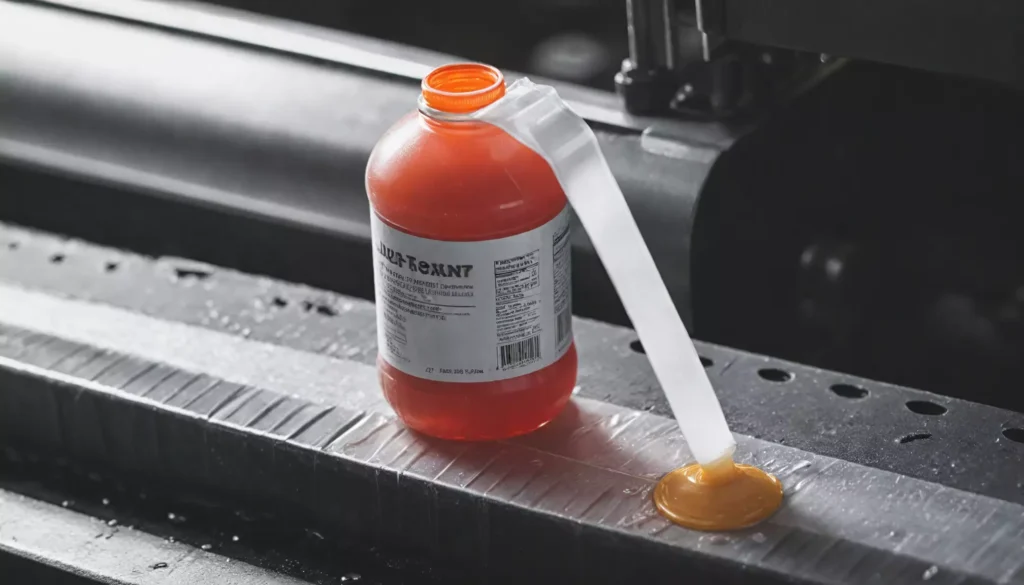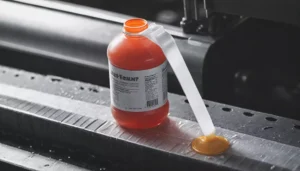Testing and Certification Standards for Shrink Sleeve Labels

Understanding Shrink Sleeve Labels and Their Importance
Shrink sleeve labels are an innovative packaging solution widely used across various industries, including food and beverage, pharmaceuticals, and cosmetics. These labels are designed to conform tightly to the contours of a container, providing 360-degree coverage which enhances branding potential and product protection. Their ability to adapt to uniquely shaped containers makes shrink sleeve labels a preferred choice for manufacturers looking to stand out on crowded shelves.
Given their extensive application, ensuring the quality, safety, and durability of shrink sleeve labels is critical. This necessity underscores the significance of adhering to established testing and certification standards. These standards ensure that shrink sleeve labels meet regulatory requirements and perform reliably throughout their lifecycle, from production to consumer use.
Key Testing Standards for Shrink Sleeve Labels
The performance of shrink sleeve labels is evaluated against several testing standards that focus on durability, adhesion, and safety. One of the primary tests conducted is the shrinkage test, which assesses how uniformly and effectively the label shrinks when applied to the container under heat. Proper shrinkage is vital to avoid wrinkles, bubbles, or gaps that could compromise the label’s appearance and integrity.
Another essential evaluation is the adhesion test, which measures the label’s ability to stay firmly attached to various substrates, including glass, plastic, and metal. This test ensures that shrink sleeve labels maintain their position throughout transportation, storage, and consumer use without peeling or flaking off. Additionally, tests for resistance to moisture, chemicals, and UV exposure play a critical role in confirming the label’s suitability for different environments.
Certification Requirements for Shrink Sleeve Labels
Certification of shrink sleeve labels ensures compliance with legal and industry-specific regulations, such as FDA guidelines for food packaging or REACH compliance in the European Union. These certifications verify that the materials used in shrink sleeve labels are safe for use and do not release harmful substances that could contaminate the product or harm consumers.
Furthermore, certifications often cover environmental considerations, such as recyclability and sustainable sourcing of materials. Brands increasingly prioritize shrink sleeve labels that meet eco-friendly certification standards, responding to rising consumer demand for sustainable packaging. By obtaining certifications, manufacturers demonstrate commitment to quality and environmental responsibility.
The Role of Industry Standards in Quality Assurance
Industry-wide standards, such as those set by ASTM International and ISO, provide comprehensive guidelines for the manufacturing, testing, and application of shrink sleeve labels. These standards facilitate consistency and reliability across products, helping manufacturers avoid costly errors and recalls. They also offer a benchmark for innovation, encouraging the adoption of best practices and new technologies.
Adhering to these standards not only benefits manufacturers but also assures retailers and consumers of product quality. Certified shrink sleeve labels contribute to a trustworthy brand image and reduce risks associated with product handling, transportation, and shelf display. Ultimately, robust testing and certification processes are key components of effective quality assurance in shrink sleeve label production.






